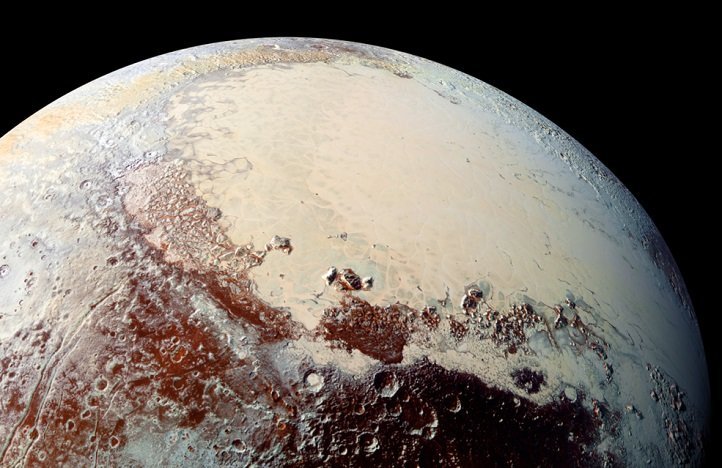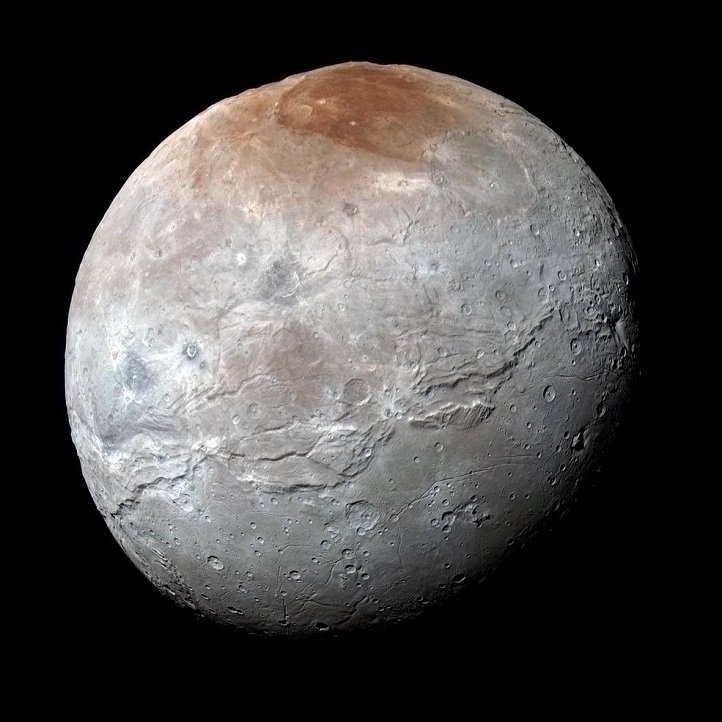The team of National Aeronautics and Space Administration ‘ s (NASA) New Horizons has received information from the spacecraft that shows a wide variety of land forms and terrain regions on Pluto. The regions have variations in terms of colour, composition and albedo. So far the New Horizons which studies Pluto, has also found evidence of water, ice, rich crust, multiple haze layers in Pluto’s atmosphere as reported on NASA website.
Reportedly, it will take another year for NASA’s New Horizon spacecraft to return to Earth. Only then will all the evidence be confirmed.

“The Pluto system surprised us in many ways, most notably teaching us that small planets can remain active billions of years after their formation. We were also taught important lessons by the degree of geological complexity that both Pluto and its large moon Charon display,” said Dr. Alan Stern, of Southwest Research Institute (SwRI) in Boulder, Colorado, as mentioned in th e NASA website.
The research suggests that other large worlds in the Kuiper belt (a disk-shaped region outside the orbit of Neptune) could also have similar histories like planets such as Mars and Earth.

The team also mentioned that Triton, the moon of Neptune, may likely be a former Kuiper Belt planet.

















